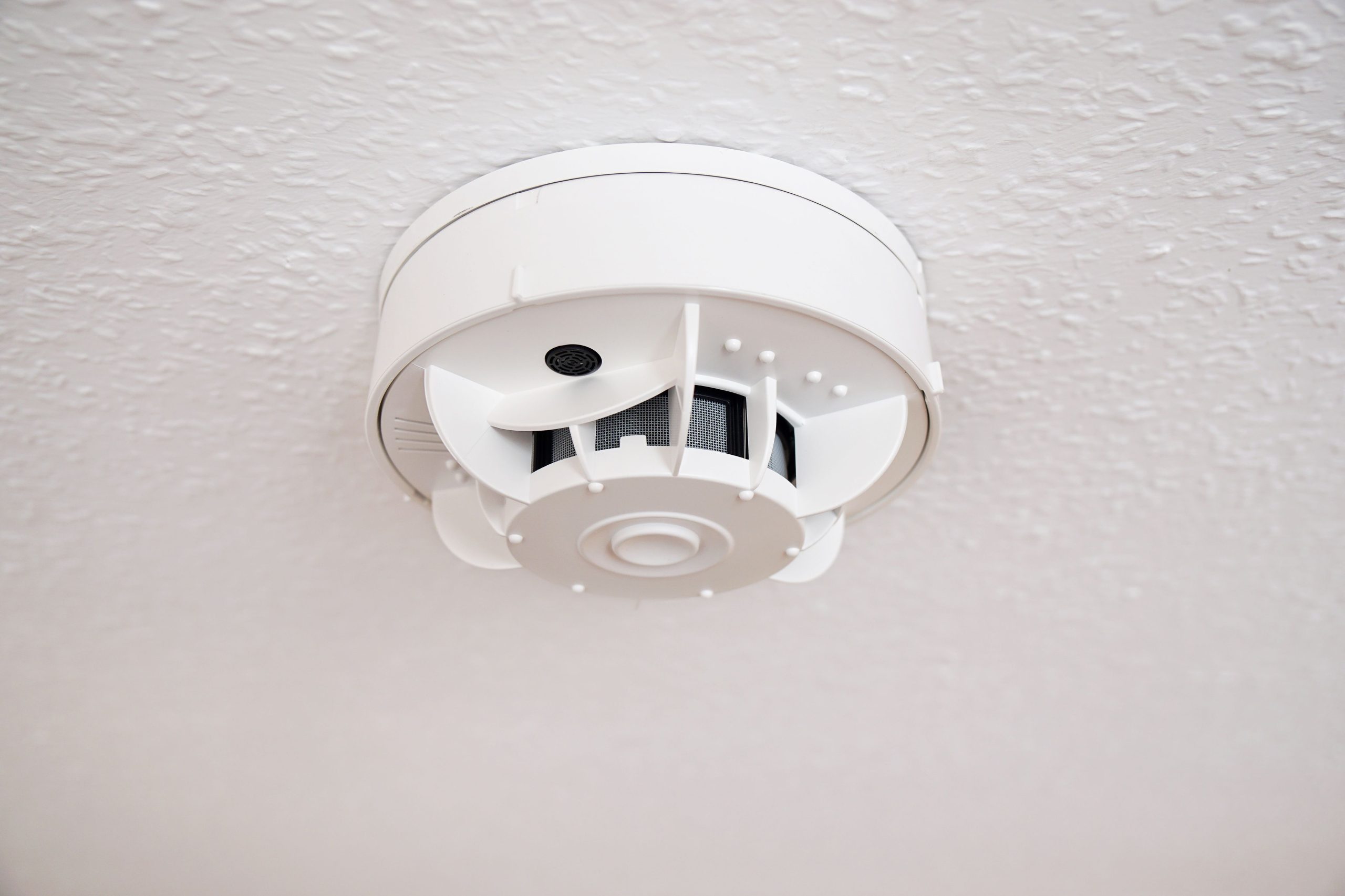Smoke Detector Installation: Strategize Placement for Maximum Coverage in Your Home
23 April 2024

Ensure optimal safety in your home with smoke detector installation by Light-On Electrical. Protect your home from fire hazards with strategic placement.
Smoke detector installation is a service homeowners like you must invest in to ensure the safety of your home. Smoke detectors are essential safety devices that can protect your home and family, especially from the dangers of fire. They can detect smoke particles in the air and emit a loud alarm to alert occupants of potential fire hazards, giving your family valuable time to evacuate safely.
However, the effectiveness of smoke detectors would still depend on their placement within the property. Hence, you should know the essence of strategic smoke detector installation and how it can maximise coverage and enhance home fire safety.
Strategic Smoke Detector Placement
Proper placement of smoke detectors by experts from Light-On Electrical is key to ensuring optimal coverage and early detection of fire hazards. Smoke detectors should be installed on every level of the home, including the basement and attic, as well as inside and outside sleeping areas. Additionally, detectors should be placed near potential sources of fire, such as kitchens, heating appliances, and electrical panels, to provide early warning in the event of a fire.
By strategically placing smoke detectors throughout the home, you can maximise coverage and ensure that every area is adequately protected.
Primary Locations for the Installation
Here are some areas where smoke detectors must be installed.
• Kitchen: The kitchen is one of the highest-risk areas for house fires due to the presence of cooking appliances and open flames. Therefore, a smoke detector must be installed in or near the kitchen to provide early warning of any potential fire hazards. However, the detector must be placed away from cooking appliances to prevent false alarms caused by smoke and steam generated during normal cooking activities. Ceiling-mounted detectors are recommended for kitchens, as they provide optimal coverage and are less susceptible to false alarms.
• Bedrooms and Sleeping Areas: Smoke detectors should also be installed inside and outside sleeping areas to ensure that occupants are alerted to a fire hazard, even when they are asleep. Detectors should be installed on the ceiling or high on the wall, as smoke rises and tends to accumulate near the ceiling. Additionally, interconnected smoke detectors are recommended for multi-story homes, as they allow all detectors to sound simultaneously in the event of a fire.
• Living Areas and Hallways: Living areas and hallways are high-traffic areas where occupants spend a significant amount of time. Hence, smoke detectors must be present in these areas to provide early warning of a fire hazard. Detectors should be placed on the ceiling or high on the wall, away from windows, doors, and air vents, to ensure optimal coverage.
Testing and Maintenance are Needed
Apart from proper placement, regular maintenance and testing must be done to ensure that smoke detectors are functioning correctly. Detectors should be tested monthly by pressing the test button and cleaned periodically to remove dust and debris that can interfere with their operation. Batteries should be replaced at least once a year, or as recommended by the manufacturer, to ensure that detectors remain operational at all times. Generally, smoke detectors should be replaced every 10 years to ensure optimal performance and reliability.
Optimized by NetwizardSEO.com.au

